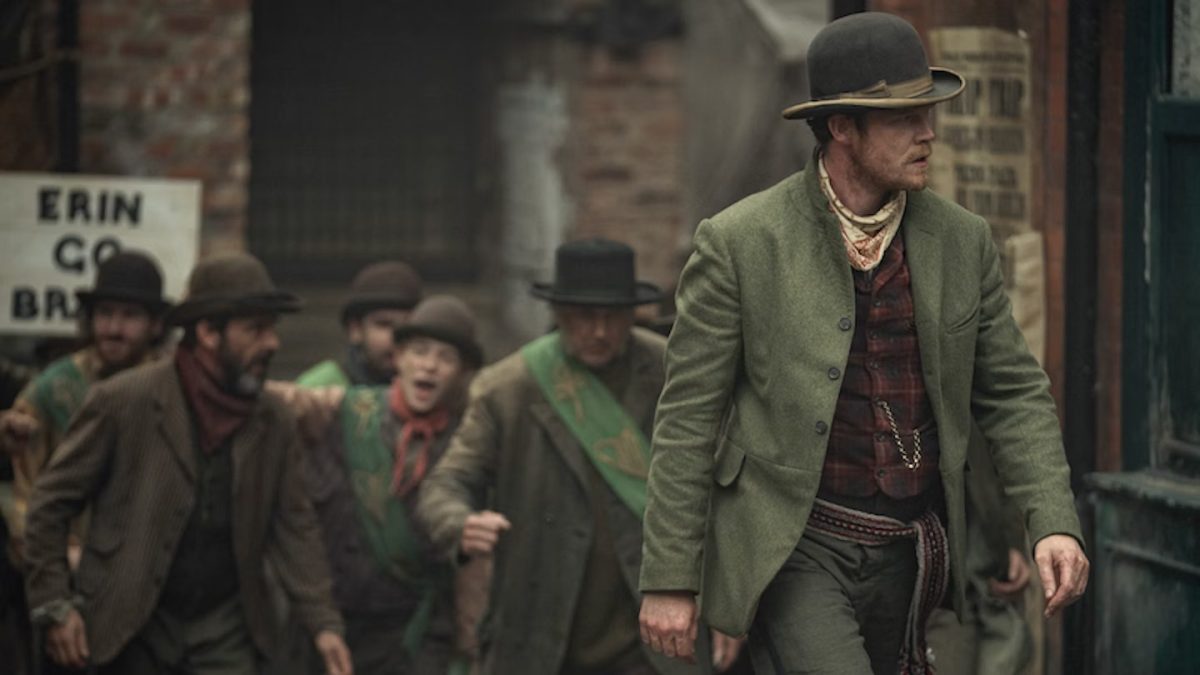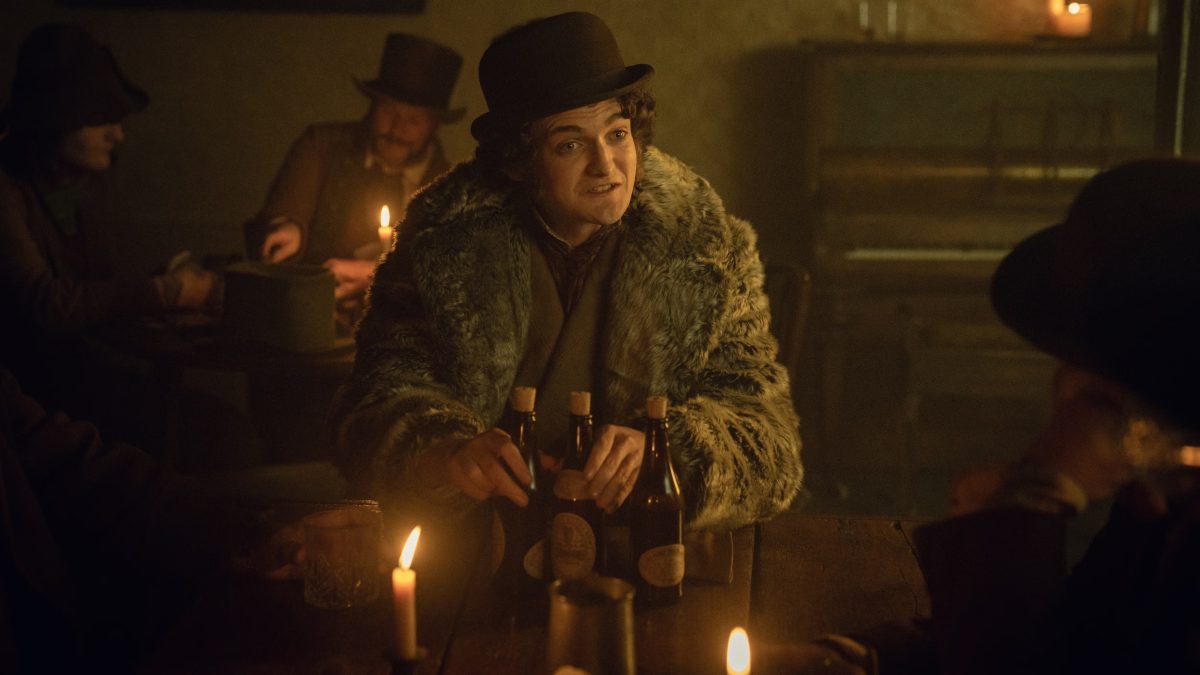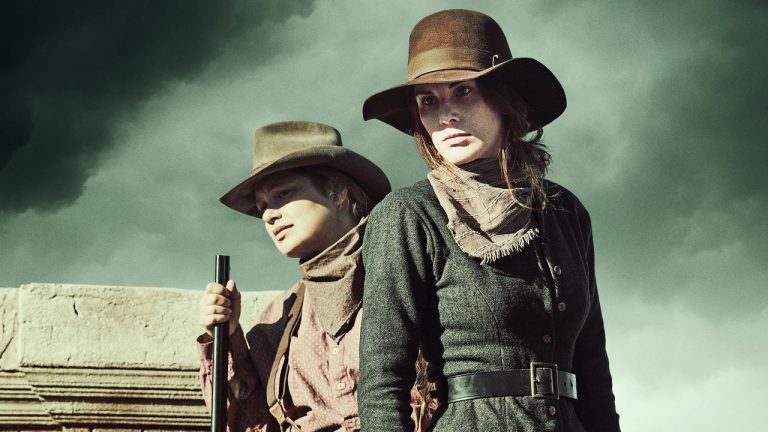When House of Guinness arrived on Netflix in late September 2025, it grabbed attention immediately. The eight-episode drama, from Steven Knight (of Peaky Blinders) and executive produced by a descendant of the Guinness family, promised a high-stakes family saga set in 19th-century Ireland. Its visuals are lush, the cast starry, and the promise irresistible: secret affairs, political intrigue, betrayal, and the weight of a brewing empire.
What drew the makers was less a rigid biography and more the raw material wrapped in the family lore: the tensions that followed the death of Sir Benjamin Lee Guinness and the question of who would steer the brewery’s future. One of the driving forces behind the show’s creation was Ivana Lowell, a Guinness descendant, who reportedly conceived the idea while staying at Leixlip Castle and watching Downton Abbey, thinking: “our family would make such a good TV series.”
From that spark, Knight built a narrative using real fragments — events, letters, business decisions — as “stepping stones,” while filling gaps with original invention. The series opens with Sir Benjamin’s death and sets in motion a dynastic struggle among his four children — Arthur, Edward, Anne, and Benjamin Jr. Audiences were drawn in by the “what if” tension: what really happened behind the walls of the Guinness dynasty?
In this article, I’ll unpack the differences between reel and real, explore what is historically accurate, and examine how the real Guinness family has reacted.
The Show House of Guinness: Ambition, Drama, and Fiction
In House of Guinness, the story begins with the passing of Sir Benjamin Guinness in 1868, leaving his brewery and fortune to his children. The series portrays fierce sibling rivalry: Edward and Arthur jockey for control, Anne wrestles with illness and social expectations, and the youngest Benjamin battles inner demons and addiction.
The plot includes a fictional foreman/fixer, Sean Rafferty, secret romantic liaisons, explosive political gambits, and scenes of unrest involving the Fenians. The scenes often feel like Succession set in Victorian Dublin: deals, betrayals, and the pressures of legacy.
The show does acknowledge that it is “fiction inspired by true stories,” placing a caveat before each episode. Knight himself has commented that many things had to be invented: there was no social media, no complete diaries for many figures, so he used what was known as anchors and filled in the rest. The casting is mostly British and Irish actors, and most of the series was filmed in Liverpool, Cheshire, and Dublin locales.
Critically, the series has been praised abroad for its production and ambition, but in Ireland it’s drawn harsh retrospectives for overuse of clichés, anachronistic dialogue, and a “rudimentary understanding” of colonial tensions. Irish critics have compared its portrayal of Irish revolutionaries as caricatures and criticized its treatment of accents and context.
The Real Guinness Family: Who They Were and What They Did?
The Guinness dynasty is one of Ireland’s most storied business families. The brewery’s roots go back to Arthur Guinness, who in 1759 signed a 9,000-year lease on the St. James’s Gate site in Dublin. Over generations, the family built enormous influence in Ireland and Britain.
By the mid-19th century, Sir Benjamin Lee Guinness (a descendant) was wealthy, respected, and active in philanthropic efforts. When he died in 1868, he left his estate and brewery to his children — particularly Arthur and Edward. The family was Protestant, politically pro-union, and often aligned more with British interests than nationalist ones.
Historian Joe Joyce, who wrote The Guinnesses: The Untold Story of Ireland’s Most Successful Family, notes that Edward (born 1847) was methodical, detail-obsessed, introverted, and fiercely ambitious. Edward oversaw expansions, philanthropic works, and maintained influence beyond business.
The Guinnesses were known for providing among the best worker benefits of the era: medical aid, pensions, housing, sick pay, and more. But historians caution the motives were mixed — prestige, social standing, and influence also drove their generosity.
Also Read: House of Guinness (Netflix TV Series 2025): Cast & Character Guide
Some family dynamics:
- Arthur Guinness (older brother) entered politics and had a scandalous trial over electoral bribery in 1869, though he was cleared.
- His marriage to Lady Olivia Hedges-White was likely arranged (a “marriage blanc”) and they had no children. That marriage, in real life, does not have strong documentary proof of Arthur’s sexuality but is treated as an open question by historians.
- Anne Guinness devoted herself to charitable work and suffered periods of ill health.
- Benjamin Jr. in real life was less prominent; historians say the show exaggerates his issues with addiction and depressive states.
The Guinness will that triggers conflict in the series has been called inaccurate by historians. In reality, Sir Benjamin ensured that all his children were “well looked after,” and the strict conditions the show imposes (e.g. tying inheritance to decisions) are fictional. Also, the show’s depiction of riots at Benjamin’s funeral led by the Fenians is untrue: contemporary accounts describe a solemn, respectful affair, not a riot. The Fenians, a nationalist group, were largely underground by that time, making their large public presence unlikely.
Real Story Behind Netflix’s House of Guinness: Where the Story Aligns and Where It Diverges
Comparing the Netflix story and what historical sources tell us yields a mixture of alignment and dramatic invention.
What Lines Up:
- The death of Sir Benjamin in 1868 and the inheritance passing to Arthur and Edward is a real historical pivot.
- The Guinness family’s reputation for employee welfare (medical care, pensions, housing) is grounded in fact.
- Arthur’s political career and trial for election misconduct did happen, although the show dramatizes and fictionalizes many details.
- The idea that Arthur and Olivia’s marriage was childless and that their union was more strategic than romantic is consistent with historical interpretation.
- Anne’s charitable work and ill health are fairly represented; the show’s emotional tone around her arc is rooted in historical accounts.
Where the Fiction Takes Over:
- The Rafferty character is entirely fictional, a composite figure meant to add a darker, more dramatic underlayer to the family’s story.
- Many romantic entanglements, secret affairs, and manipulative plotlines (especially involving Irish republican conspirators) are inventions or exaggerations. For instance, the subplot of Arthur having male lovers is speculative; historians neither confirm nor deny it firmly.
- The will’s punitive clauses in the show (that inheritance depends on who takes control, or that Anne is deliberately excluded) are dramatized beyond what archival evidence supports.
- The riot at Benjamin’s funeral is a manufactured event.
- The portrayal of the family as a kind of mafia influence over Dublin is overstated. Historians stress they were powerful and influential, but not in that caricatured way.
- The series makes the Guinness siblings loom larger, with more drama and dominance over Dublin’s social life than they likely had.
- The timeline and scale of the family’s business expansions, especially into the U.S., is compressed or altered for effect. In reality, Guinness’s expansion overseas came more gradually, and marketing efforts were cautious.
- The show leans into cliché tropes — forbidden romance, secret violence, dramatic political assassination plots — all to heighten the narrative. Irish critics especially balked at these as misrepresentations.
Family Response: Endorsement, Critique, and Distance
The real Guinness family has voiced mixed reactions. Edward Guinness, the 4th Earl of Iveagh, descendant of the characters, praised the show’s visual design but disagreed with how the siblings were emphasized and some of the dramatic liberties, stating it “makes no ambition at relating to purely fact.” He also noted that the four siblings are “emphasised much more than they were in real life.” The family was not directly involved in production — the series sprang from Lowell’s idea rather than a corporate endorsement.
Other descendants have been more critical. Molly Guinness, a great-great-granddaughter, wrote that the show leans on “modern clichés about rich people,” and objected to certain fictionalized elements — especially the portrayal of Arthur’s sexuality and the inclusion of invented characters like Rafferty. The fact that the family’s name is being dramatized internationally has stirred debate over how much artistic license is acceptable when dealing with real lives and legacies.









